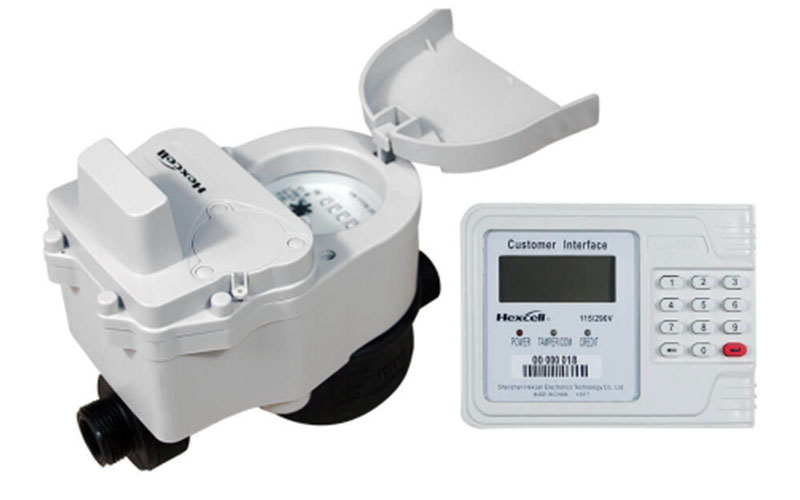As the world moves towards smarter energy solutions, prepaid electricity meters are gaining traction as an innovative approach to energy management. These meters, which require users to pay for electricity before they use it, offer numerous advantages that align with modern trends in technology and sustainability. Here, we explore the future of prepaid electricity meters, considering advancements in technology, the role of smart grids, and the integration of renewable energy sources.
Technological Advancements
- Smart Meters: The next generation of prepaid meters is likely to include smart meters, which provide real-time data on energy consumption and offer features such as remote top-ups and automated alerts. Smart meters can communicate with utility companies, enabling dynamic pricing and better demand response.
- Mobile Integration: With the increasing penetration of smartphones, mobile apps will become a primary interface for managing prepaid electricity. These apps will allow users to monitor their usage, receive notifications, and top up their accounts seamlessly. Additionally, integration with digital wallets and payment platforms will make transactions more convenient.
- Internet of Things (IoT): IoT technology can enhance the functionality of prepaid meters by connecting various household appliances to the meter. This connection allows for detailed insights into which devices consume the most energy, helping users optimize their usage patterns and reduce waste.
The Role of Smart Grids
Smart grids, which use digital technology to manage electricity distribution efficiently, are crucial for the future of prepaid meters. These grids can:
- Improve Reliability: By monitoring the grid in real-time, utility companies can detect and respond to issues more quickly, ensuring a stable electricity supply.
- Facilitate Renewable Integration: Smart grids can balance the intermittent supply of renewable energy sources like solar and wind, integrating them into the overall energy mix more effectively.
- Enable Dynamic Pricing: With smart meters, dynamic pricing models can be implemented, where electricity prices vary based on demand and supply conditions. This encourages users to shift their consumption to off-peak times, reducing strain on the grid and lowering costs.
Integration with Renewable Energy
The shift towards renewable energy sources is a key component of global sustainability goals. Prepaid meters can support this transition in several ways:
- Solar Energy Integration: Prepaid meters can be paired with home solar systems, allowing users to manage and monitor their solar production and consumption. This setup can include net metering, where excess energy generated is fed back into the grid, and users are credited for it.
- Microgrids: In remote or off-grid areas, prepaid meters can be part of microgrid solutions that rely on renewable energy. These microgrids can provide reliable electricity access where traditional grid infrastructure is lacking.
- Energy Storage: With advancements in battery technology, households with prepaid meters can store surplus renewable energy for use during peak times or outages. This integration supports grid stability and promotes self-sufficiency.
Benefits for Utility Companies
For utility companies, the adoption of advanced prepaid meters offers several benefits:
- Reduced Operational Costs: Automation of billing and meter reading reduces administrative expenses. Prepaid systems also minimize the need for disconnection and reconnection services.
- Enhanced Revenue Collection: Prepaid meters eliminate the risk of unpaid bills, ensuring a steady cash flow for utility companies.
- Data Analytics: The data collected from smart prepaid meters provides valuable insights into consumption patterns, helping utilities optimize their operations and plan for future demand.
Challenges and Considerations
While the future of prepaid electricity meters is promising, certain challenges need to be addressed:
- Infrastructure Investment: Upgrading to smart grids and advanced prepaid meters requires significant investment. Policymakers and stakeholders must collaborate to secure funding and develop supportive regulatory frameworks.
- Data Security: As with any digital system, ensuring the security and privacy of user data is paramount. Robust cybersecurity measures must be implemented to protect against potential breaches.
- Consumer Awareness: Educating consumers about the benefits and usage of advanced prepaid meters is essential for widespread adoption. Utility companies must invest in user-friendly platforms and customer support services.
Conclusion
The future of prepaid electricity meters is intertwined with advancements in technology, the evolution of smart grids, and the integration of renewable energy sources. These developments promise to enhance the efficiency, reliability, and sustainability of energy management. As we move towards a smarter and greener energy landscape, prepaid electricity meters will play a vital role in empowering consumers and optimizing utility operations.

Leave a Reply